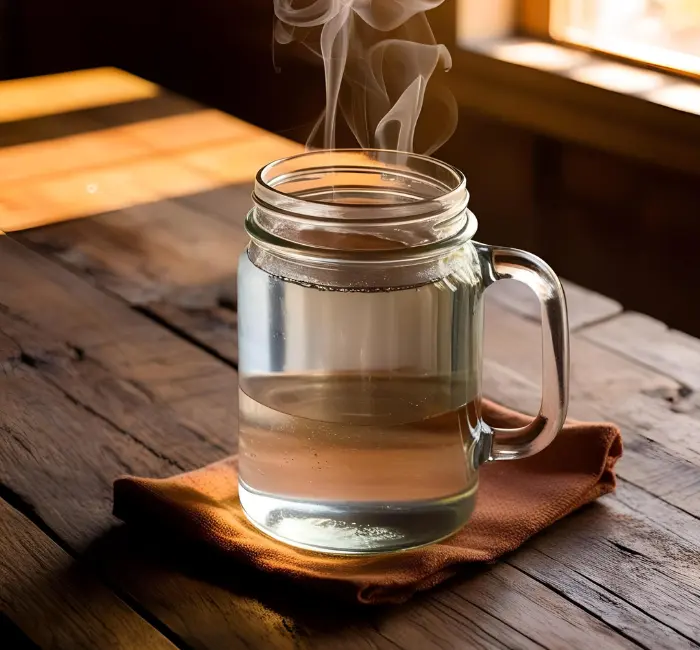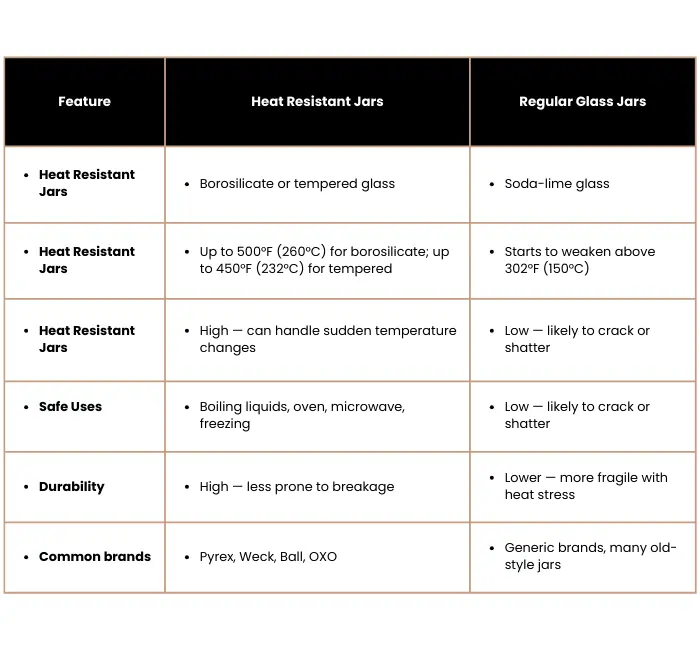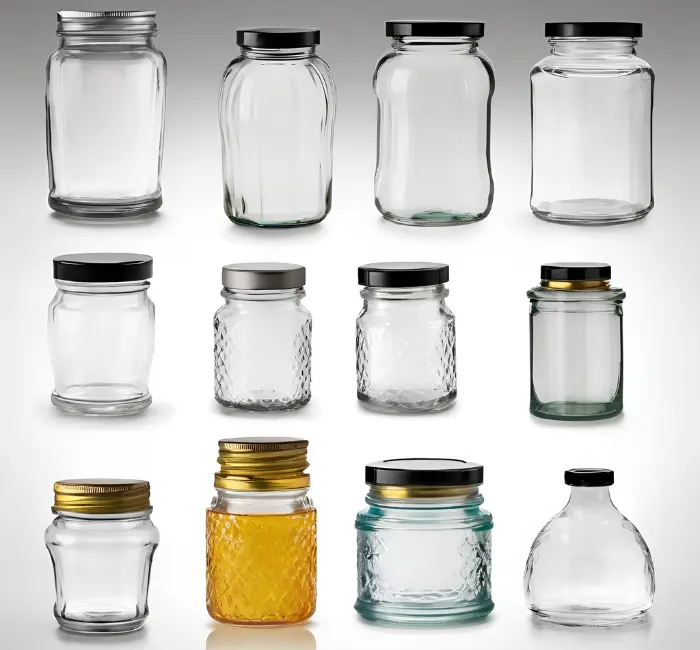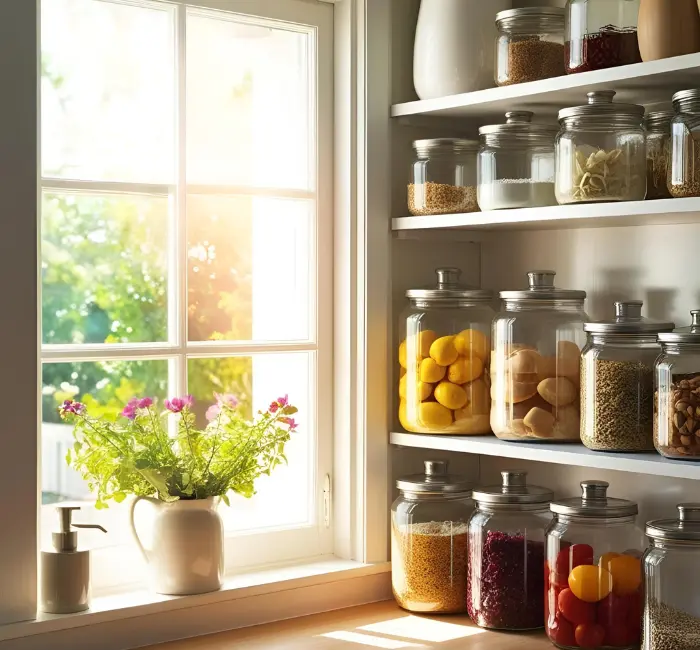Ever poured hot soup into a glass jar — only to hear that scary crack? That sound means one thing: your jar wasn’t made for heat.
Not all glass jars are created equal. When it comes to handling temperature changes, the difference matters — especially in the kitchen. Regular glass can shatter with sudden heat shifts, while heat resistant jars are built to take the pressure.
Many wonder, can jars withstand heat? The answer depends on the type of glass used. Knowing the difference isn’t just about safety — it helps protect your food, your appliances, and your hands.
So how can you tell which jars are truly heat safe? Let’s break it down.
What makes a jar heat resistant?

Heat resistant jars are made from special glass like borosilicate or tempered glass. These materials resist cracking because they expand and contract less under heat.
That means they’re perfect for:
- Pouring boiling liquids
- Freezing and reheating food
- Oven or microwave use
Borosilicate glass handles heat up to 500°F (260°C). Tempered glass (common in canning jars) can handle rapid heating and cooling.
Heat Resistant Jars vs Regular Glass
The biggest difference lies in how each glass handles heat and temperature changes.

What glass can withstand high heat?
What glass can withstand high heat? Borosilicate glass is the gold standard. It resists sudden temperature swings and direct heat up to 500°F (260°C) (source).
Other heat-tolerant options:
Tempered glass (Pyrex-style containers)
Quartz glass (mostly industrial)
Regular soda-lime glass (used in many food jars) weakens above 302°F (150°C)(EPA).
How to tell if a glass jar is heat-resistant?

How to tell if a glass jar is heat-resistant? Look for these signs:
Labels or markings: “Microwave-safe,” “oven-safe,” or “for canning”
Material info: Borosilicate or tempered glass = safe; soda-lime glass = not safe
Trusted brands: Pyrex, Ball, Weck usually use heat-safe glass
If there’s no info, assume the jar isn’t heat resistant.
At what temperature does a glass jar break?
At what temperature does a glass jar break? Regular glass jars (soda-lime) crack at 150–200°C (302–392°F) when exposed to sudden thermal shock (source).
Heat resistant jars can handle:
- Tempered glass: up to 450°F (232°C)
- Borosilicate glass: up to 500°F (260°C)
The biggest risk is thermal shock — sudden temperature changes — not just high heat itself.
Best heat-resistant jars for home use
Here are the best heat-resistant jars that perform well in both hot and cold environments. These durable and versatile glass food containers are perfect for cooking and storage.
Weck Jars: Perfect for canning, made with heat-tolerant glass
Ball Mason Jars: Trusted for pressure canning and boiling
Pyrex Glass Jars: Borosilicate glass, great for reheating and storage
OXO Glass Food Containers: Airtight lids, oven-safe borosilicate glass
Why the right jar matters for heat safety
Using the wrong jar can cause more than a mess. Glass can shatter and splinter, risking injury and ruining food.

- Always choose jars labeled for heat use when:
- Canning
- Reheating leftovers
- Storing soups or hot liquids
- Sterilizing in boiling water
Switching between freezing and heating? Go borosilicate every time.
Final Thoughts
Not all jars handle heat well. Regular glass works for dry storage, but it’s no match for boiling temps or microwaves.For anything involving heat, always pick heat resistant jars made from borosilicate or tempered glass.
This simple choice keeps your food safe, your kitchen intact, and your hands protected — whether you’re prepping meals, canning veggies, or organizing your pantry with reliable glass food containers.